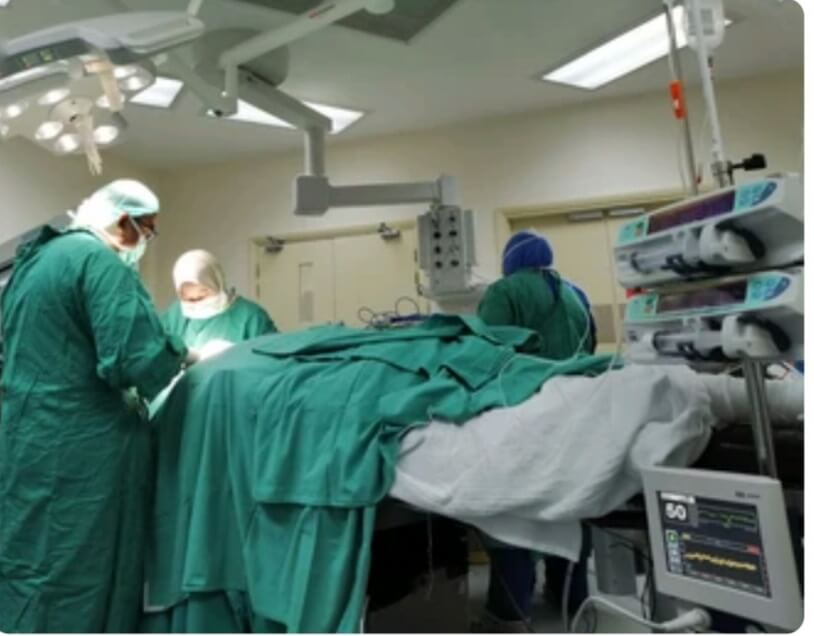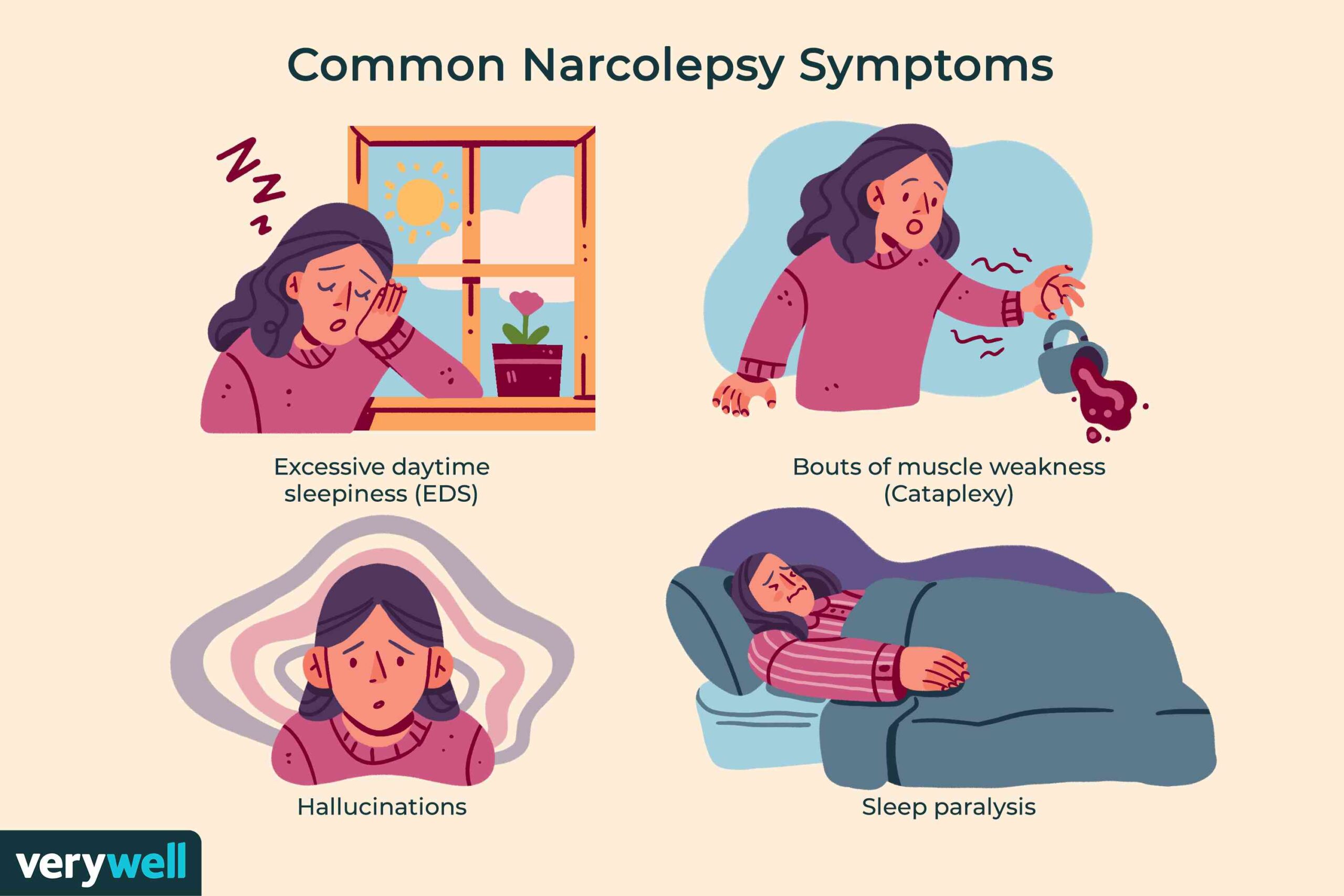Mastoidectomy-various aspects-
Welcome to the realm of medical precision and innovation as we delve into the intricacies of Mastoidectomy Surgery. This groundbreaking procedure stands at the crossroads of otology and surgical finesse, aimed at addressing a variety of ear conditions rooted in the mastoid bone. Embark on a journey to uncover the techniques, applications, and advancements that have sculpted this surgical approach into a cornerstone of modern ear surgery.
During a mastoidectomy, diseased cells are surgically removed from the air-filled gaps in your mastoid bone. The area of your skull directly behind your ear is known as your mastoid. Cholesteatoma, or ear infections that have progressed into your skull, is frequently treated with a mastoidectomy. When installing cochlear implants, it is also employed.


Procedure Information Risks and Rewards Outlook for Recovery Overview of When to Call the Doctor
A mastoidectomy is what?
In a mastoidectomy, the affected mastoid air cells are surgically removed. These air cells are created in the hollow areas of your mastoid, a bone with a honeycomb-like shape that is located directly behind your ear.
Why are mastoids removed?
When an ear infection (otitis media) spreads to your skull, a mastoidectomy is required. Additionally, the surgery is utilised to treat cholesteatoma, a non-cancerous tumour that develops below the eardrum frequently as a side effect of persistent ear infections. Mastoidectomy is frequently carried out concurrently with cochlear implant surgery.
Your doctor will perform a mastoidectomy with tympanoplasty if your eardrum has ruptured. The eardrum can be fixed through surgery called a tympanoplasty. Even if your eardrum doesn’t require repair, tympanoplasty also refers to surgery behind your eardrum.
Procedure information
What is the severity of a Mastoidectomy Surgery?
The extent of the operation will depend on your particular circumstances. A straightforward mastoidectomy will treat any disease in your mastoid while totally preserving the structures of your ear canal and middle ear.
A tympanomastoidectomy or canal-wall-up mastoidectomy removes more bone than a straightforward mastoidectomy. This is done to allow your surgeon access to the three tiny bones that transport sound waves inside of your ear, known as the ossicles, which are located in the middle-ear area behind your eardrum. This treatment entirely preserves the integrity of your ear canal.
When the disease has irreparably destroyed your ear canal or when the removal of your ear canal is necessary for the total elimination of the disease, a canal-wall-down mastoidectomy or tympanomastoidectomy is performed. The mastoid cavity, also known as the mastoid bowl, is created during this treatment by joining your ear canal and mastoid bone. To make future cleaning of your mastoid cavity easier, your ear canal’s entrance is routinely expanded. This procedure, which is frequently referred to as a radical or modified mastoidectomy, is saved for cases of significant disease or recurrent (recurring) disease that have failed a less comprehensive procedure.
What takes place prior to a mastoidectomy?
You will receive a list of preoperative instructions from your healthcare practitioner, which you should carefully follow. You might need to temporarily cease taking some drugs in particular circumstances. You’ll also need to make plans for a reliable friend or family member to drive you to and from your appointment as a mastoidectomy is done while you’re under general anaesthesia.
What occurs throughout a Mastoidectomy Surgery?
To enhance your comfort during the procedure, general anaesthesia will be administered to you. Your surgeon will then:To reach your mastoid bone, make a cut behind your ear. (Your surgeon will strategically position this incision to hide the scar from your mastoidectomy.)
You should open your mastoid bone using specialised tools.
Your mastoid’s contaminated air cells should be removed.
Use stitches to close the surgical site.
Use gauze to cover the surgery wound.
Typically, a mastoidectomy procedure lasts two to three hours.
A mastoidectomy can be extremely painful.
No discomfort should be felt as a result of the mastoidectomy. A mastoidectomy can, however, cause some little discomfort following the procedure, just like any other type of surgery. Your ear may feel full or stuffy, and the incision behind your ear is probably going to hurt. With over-the-counter (OTC) painkillers like acetaminophen or ibuprofen, you can control these adverse effects. Additionally, your surgeon will provide you with post-operative recommendations that will assist keep you at ease while your body heals.
What occurs following a Mastoidectomy ?
You’ll awaken in recovery following your mastoidectomy. When you’re prepared, you’ll be allowed to return home after your medical team has carefully watched your development. You’ll receive detailed postoperative instructions from your surgeon. It’s crucial to adhere to this strictly.
RISKS AND PROFITS
What benefits might a mastoidectomy offer?
Chronic ear infections can be treated by a mastoidectomy, which also helps to reduce their reappearance. Additionally, the technique can avoid major cholesteatoma side effects like:
loss of hearing.
Vertigo.
Dizziness.
injury to facial nerves.
Labyrinthitis.
Meningitis.
brain infection.
What dangers or issues can arise after a mastoidectomy?
There are potential dangers or consequences with surgery, like with any procedure. Possible side effects of mastoidectomy include:
hearing loss in the inner ear (sensorineural hearing loss).
facial nerve damage, which could result in facial paralysis or weakness.
a taste change that frequently lasts for several months (dysgeusia).
Tinnitus—the ringing in your ears.
ROBUSTNESS AND OUTLOOK
How long does recovery take following a mastoidectomy?
Recovery from a full mastoidectomy takes six to twelve weeks. The majority of people may, however, return to work, school, and other regular activities in about a week or two.
What is the prognosis for those who get a mastoidectomy procedure?
The outcome of mastoidectomy varies depending on the type of mastoidectomy performed and the purpose for the surgery, but it is often successful. Mastoidectomy’s main objective is to clear an infection that could cause subsequent issues rather than to restore hearing. It’s crucial to remember that hearing loss occurs frequently after radical or canal-wall-down mastoidectomy.
WHEN TO SPEAK WITH A DOCTOR
When should I schedule a visit with my doctor?
If you’ve just had a mastoidectomy, you should contact your doctor if you’ve experienced any of the following:
a temperature of at least 100.5 Fahrenheit (38.05 Celsius).
heavy ear discharge or bleeding.
facial lassitude.
nausea or vertigo.
loss of hearing.
A mastoidectomy may be your best course of action if you consistently experience ear infections or complications as a result of them. Your options should be discussed with your healthcare provider. They can advise you on whether you ought to think about having a mastoidectomy. By removing the infection, mastoidectomy surgery can enhance your general health and quality of life.
Any patient with any ENT (Ear ,Nose ,Throat ) problem requiring online consultation or actual consultation in clinic of ENT specialist doctor Dr Sagar Rajkuwar (MS-ENT) may contact him at the clinic adress given below-
Prabha ENT (Ear,Nose,Throat) clinic, Dr Sagar Rajkuwar( MS-ENT) is open for patient consultation from 11 am to 6 pm. –Adress –Prabha ENT clinic, plot no 345 ,Saigram colony ,opposite Indoline furniture, Ambad link road ,Ambad , 1 km from Pathardi phata ,Nashik ,422010 ,Maharashtra India . For appointment -Contact no-7387590194 ,9892596635 .Surgeries done in attached hospitals : Mastoid -ear surgery, Functional endoscopic sinus surgery, Stichless Endoscopic ear surgeries like Ossciculoplasty and Tympanoplasty ,Endoscopic Septoplasty, Tonsillectomy and Adenoidectomy Surgery. Also advice available for Hearing aids and various Ear, Nose, Throat problems. Mediclaim cashless insurance facility available in attached hospitals .
Clinic website-www.



